5 cases of children being raised by animals
True stories of feral children

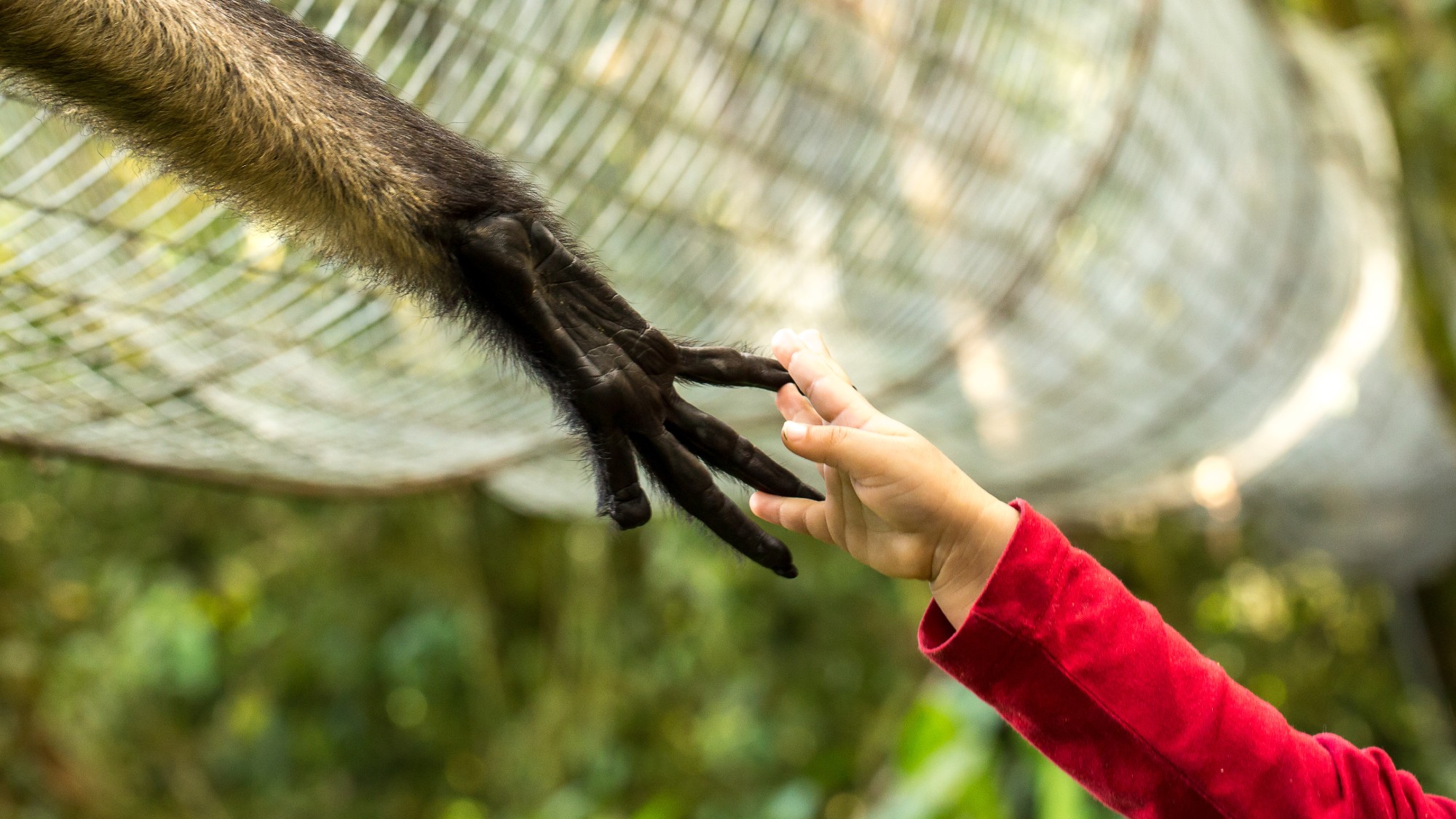
Researchers have often studied the effects of nature versus nurture on human development. But nothing puts those theories to the test like these documented cases of children being raised by animals. Like Rudyard Kipling's "The Jungle Book" in real life, many kids who have grown up without the influence of other humans develop animal-like behavior and learn to communicate outside their own species.
1. Oxana Malaya
Oxana Malaya was just three years old when her parents locked her outside in the cold. Her life took a wild turn when the "toddler made a home for herself inside of pup Naida's kennel," said The New York Post. "Within the confines of the cage, she dwelled alongside the critter for the next five years of her life." As a result, Oxana developed behaviors that mirrored the dogs she was surrounded by. When she was discovered by the authorities, "she was more like a little dog than a human child," said the director of the children's home Oxana was taken to, in an interview with "60 Minutes." "She used to show her tongue when she saw water and she used to eat with her tongue and not her hands."
2. Marina Chapman
In 1954, Chapman, who was just four years old, was abducted and abandoned in the Colombian jungle. While this would have been a death sentence for most people, Marina was able to survive with the help of a pack of capuchin monkeys. "I didn't know what to eat except the water. And I noticed the monkeys used to eat things," she said to Unilad. "They kept eating something and I keep watching where they getting this food and it took me days to find out where they getting the food." Chapman managed to recognize the monkeys' sounds and their meanings. In 2013, Chapman released a book, "The Girl With No Name: The Incredible True Story of the Girl Raised by Monkeys." However, experts "believe Chapman took several creative licenses with her story," said All That's Interesting.
The Week
Escape your echo chamber. Get the facts behind the news, plus analysis from multiple perspectives.

Sign up for The Week's Free Newsletters
From our morning news briefing to a weekly Good News Newsletter, get the best of The Week delivered directly to your inbox.
From our morning news briefing to a weekly Good News Newsletter, get the best of The Week delivered directly to your inbox.
3. Marcos Rodríguez Pantoja
Pantoja was abandoned at seven years old and survived through the protection of wolves. "With no one to talk to, he lost the use of language, and began to bark, chirp, screech and howl," said The Guardian. He was looked after by wolves but also interacted with other animals, including foxes and snakes. "His enemy was the wild boar. He says he spoke to them all in a mix of grunts, howls and half-remembered words." He was found 12 years later "wrapped in a deerskin and with long, matted hair," and struggled to adapt to life with humans.
4. Andrei Tolstyk
In 2004, a seven-year-old boy was discovered in a remote part of Siberia. Andrei Tolstyk had been living in the wilderness since he was three months old after being abandoned by his parents, instead being raised by wild dogs. He was born with speech and hearing problems, making communication difficult. "Tolstyk had strong teeth, sniffed the food before eating it, was afraid of people and generally behaved very erratically," said ZME Science. "It took him two weeks before he began to walk on two legs."
5. Saturday Mthiyane
Mthiyane was estimated to be about five years old when she was found in 1987 in the wilderness outside a small South African village. He was named Saturday after the day he was found. Saturday had been "living with monkeys in KwaZulu-Natal and had no other human contact readily available to him," said Listverse. Even after spending time with humans, he still could not talk, walked like a monkey, was wary of cooked food and refused to play with other children. It is unknown how he ended up in the wild.
A free daily email with the biggest news stories of the day – and the best features from TheWeek.com
Devika Rao has worked as a staff writer at The Week since 2022, covering science, the environment, climate and business. She previously worked as a policy associate for a nonprofit organization advocating for environmental action from a business perspective.
-
 Biggest political break-ups and make-ups of 2025
Biggest political break-ups and make-ups of 2025The Explainer From Trump and Musk to the UK and the EU, Christmas wouldn’t be Christmas without a round-up of the year’s relationship drama
-
 Why 2025 was a pivotal year for AI
Why 2025 was a pivotal year for AITalking Point The ‘hype’ and ‘hopes’ around artificial intelligence are ‘like nothing the world has seen before’
-
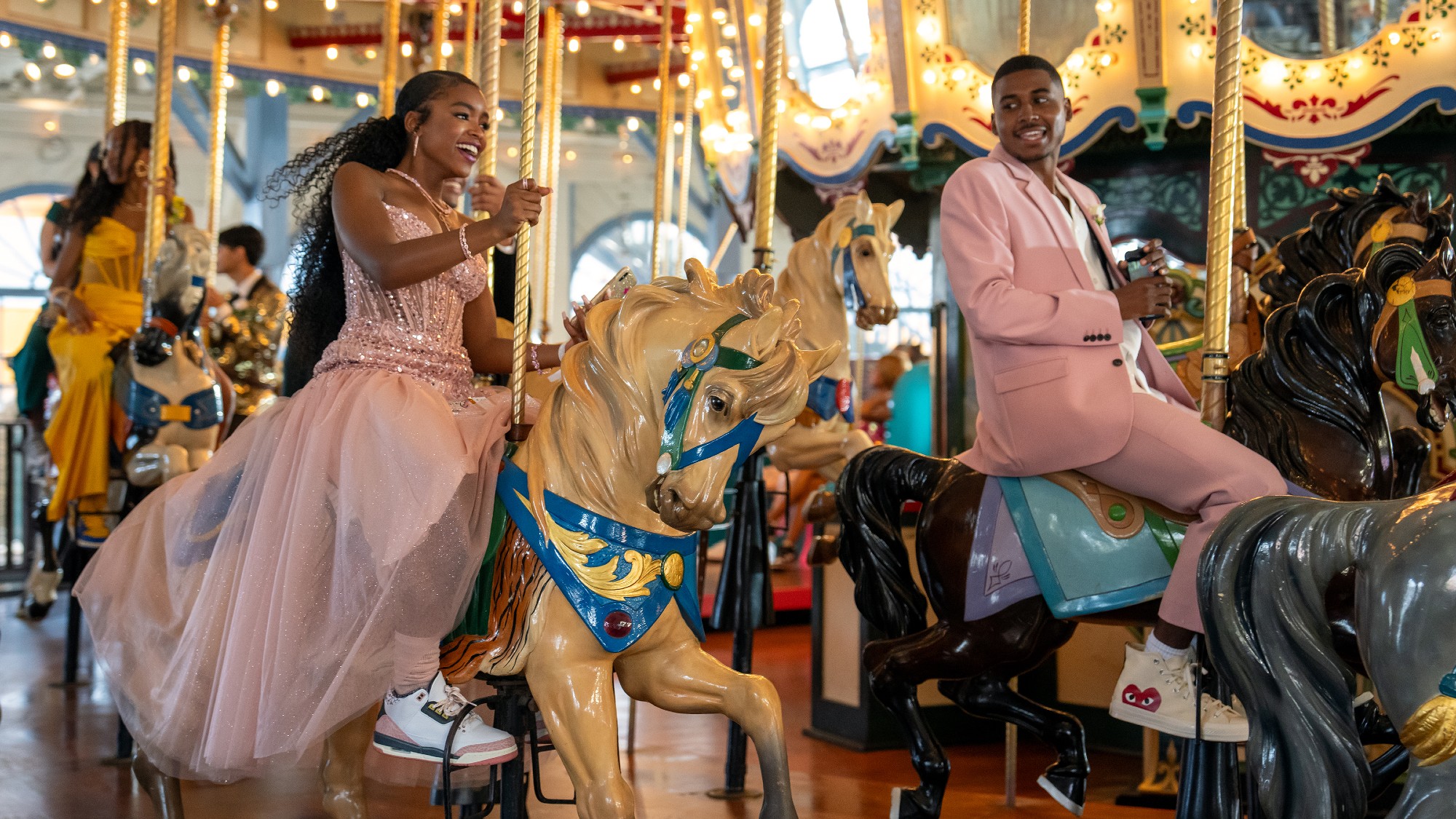 The best drama TV series of 2025
The best drama TV series of 2025the week recommends From the horrors of death to the hive-mind apocalypse, TV is far from out of great ideas
-
 More than a zipper: Young Black men embrace the ‘quarter-zip movement’
More than a zipper: Young Black men embrace the ‘quarter-zip movement’The Explainer More than a zipper: Young Black men embrace the ‘quarter-zip movement‘
-
 Spaniards seeing red over bullfighting
Spaniards seeing red over bullfightingUnder the Radar Shock resignation of top matador is latest blow in culture war over tradition that increasingly divides Spain
-
 Broadway actors and musicians are on the brink of a strike
Broadway actors and musicians are on the brink of a strikeThe explainer The show, it turns out, may not go on
-
 How historically accurate is House of Guinness?
How historically accurate is House of Guinness?In the Spotlight The glossy Netflix show about the family behind the world-famous stout mixes fact with fiction
-
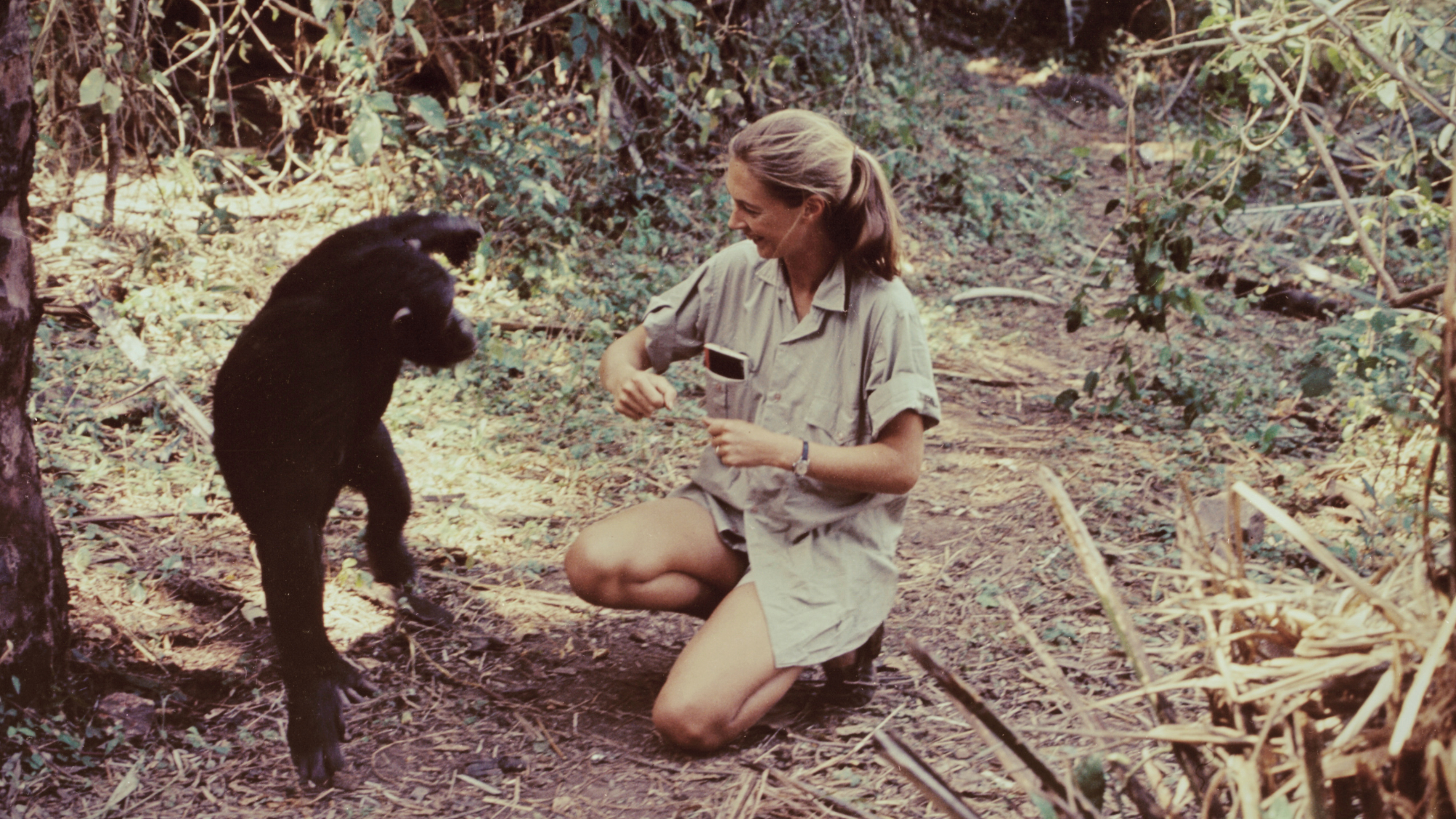 Primatologist Jane Goodall dies at 91
Primatologist Jane Goodall dies at 91Speed Read She rose to fame following her groundbreaking field research with chimpanzees
-
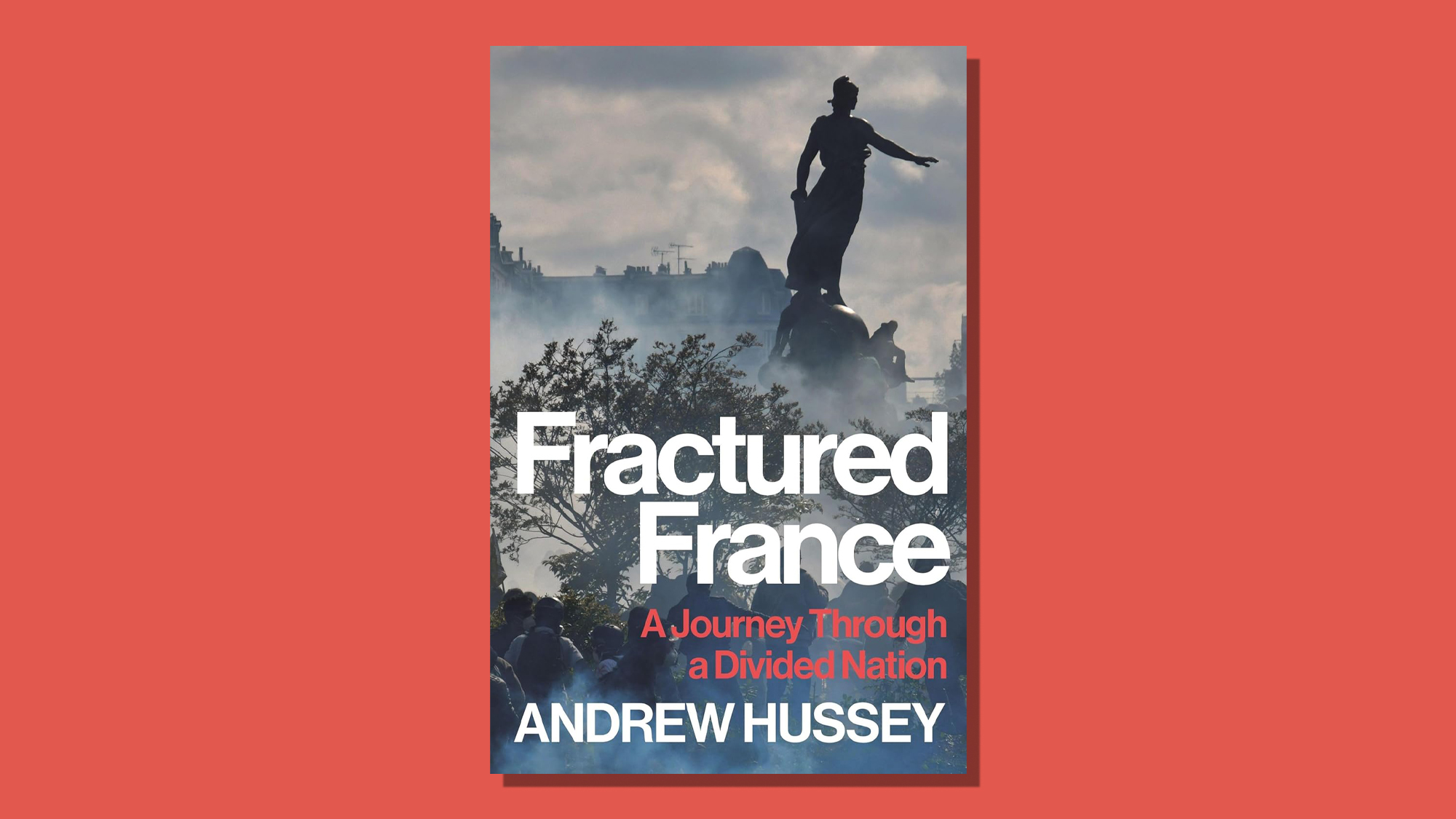 Fractured France: an ‘informative and funny’ enquiry
Fractured France: an ‘informative and funny’ enquiryThe Week Recommends Andrew Hussey's work is a blend of ‘memoir, travelogue and personal confession’
-
 Trouble on the seas as cruise ship crime rates rise
Trouble on the seas as cruise ship crime rates riseThe Explainer Crimes on ships reached nearly a two-year high in 2025
-
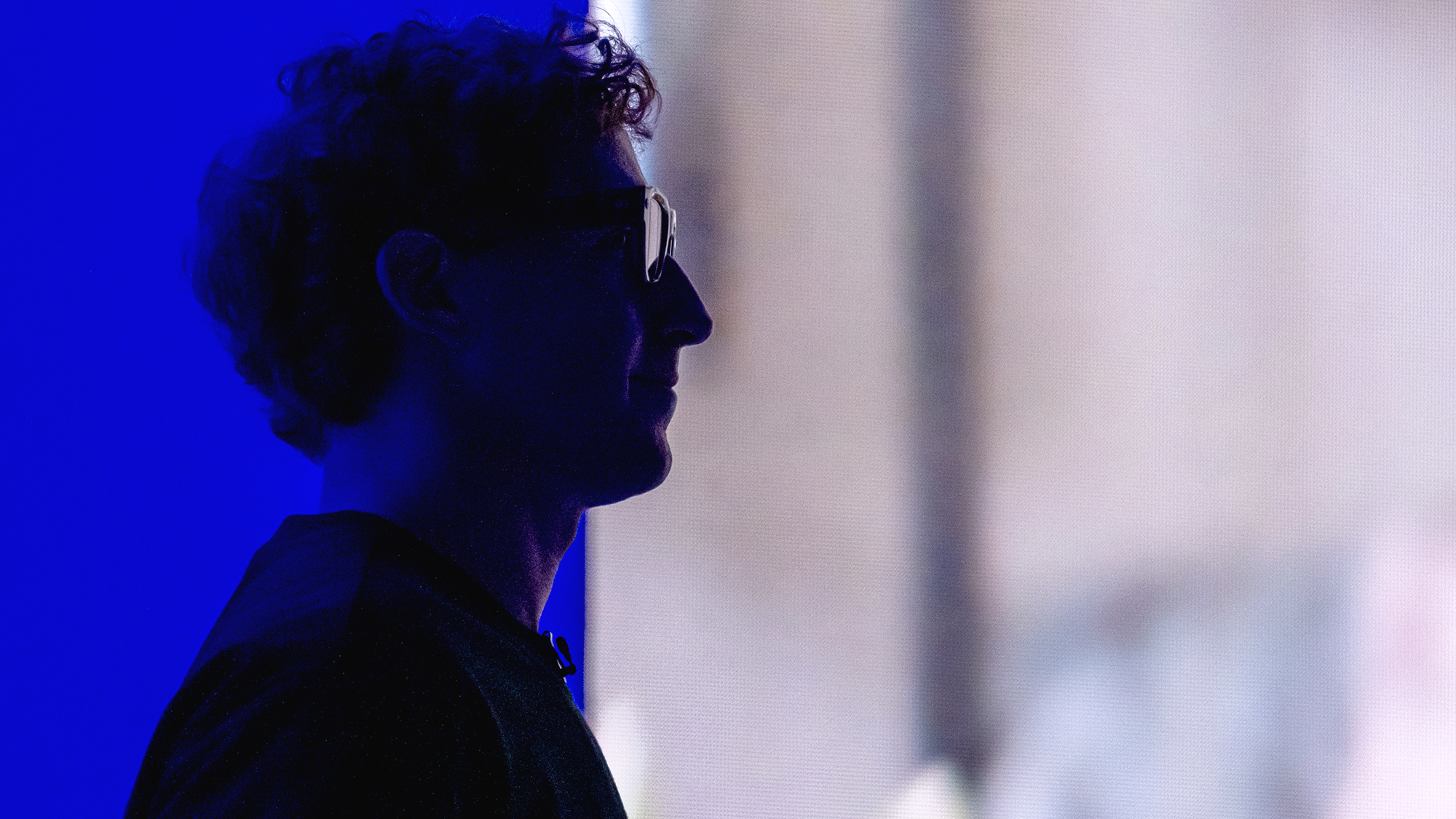 Smart glasses and unlocking ‘superintelligence’
Smart glasses and unlocking ‘superintelligence’The Explainer Meta unveiled a new model of AI smart glasses this week, with some features appearing ‘unfinished’ at a less-than-perfect launch
